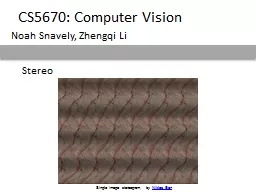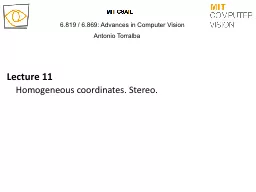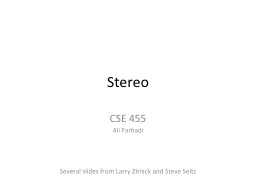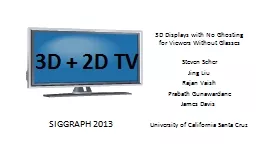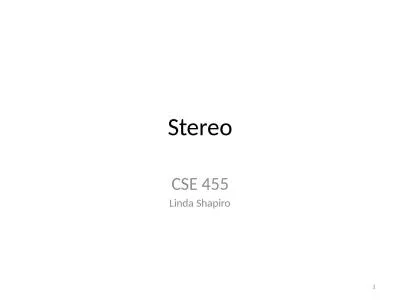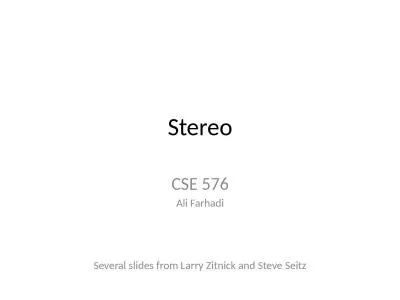PPT-Results from a Deployable Stereo-Hearing Test System
Author : stefany-barnette | Published Date : 2017-10-27
Lincoln Gray JMU I have relevant financial relationships with the products or services described reviewed evaluated or compared in this presentation I receive
Presentation Embed Code
Download Presentation
Download Presentation The PPT/PDF document "Results from a Deployable Stereo-Hearing..." is the property of its rightful owner. Permission is granted to download and print the materials on this website for personal, non-commercial use only, and to display it on your personal computer provided you do not modify the materials and that you retain all copyright notices contained in the materials. By downloading content from our website, you accept the terms of this agreement.
Results from a Deployable Stereo-Hearing Test System: Transcript
Download Rules Of Document
"Results from a Deployable Stereo-Hearing Test System"The content belongs to its owner. You may download and print it for personal use, without modification, and keep all copyright notices. By downloading, you agree to these terms.
Related Documents




